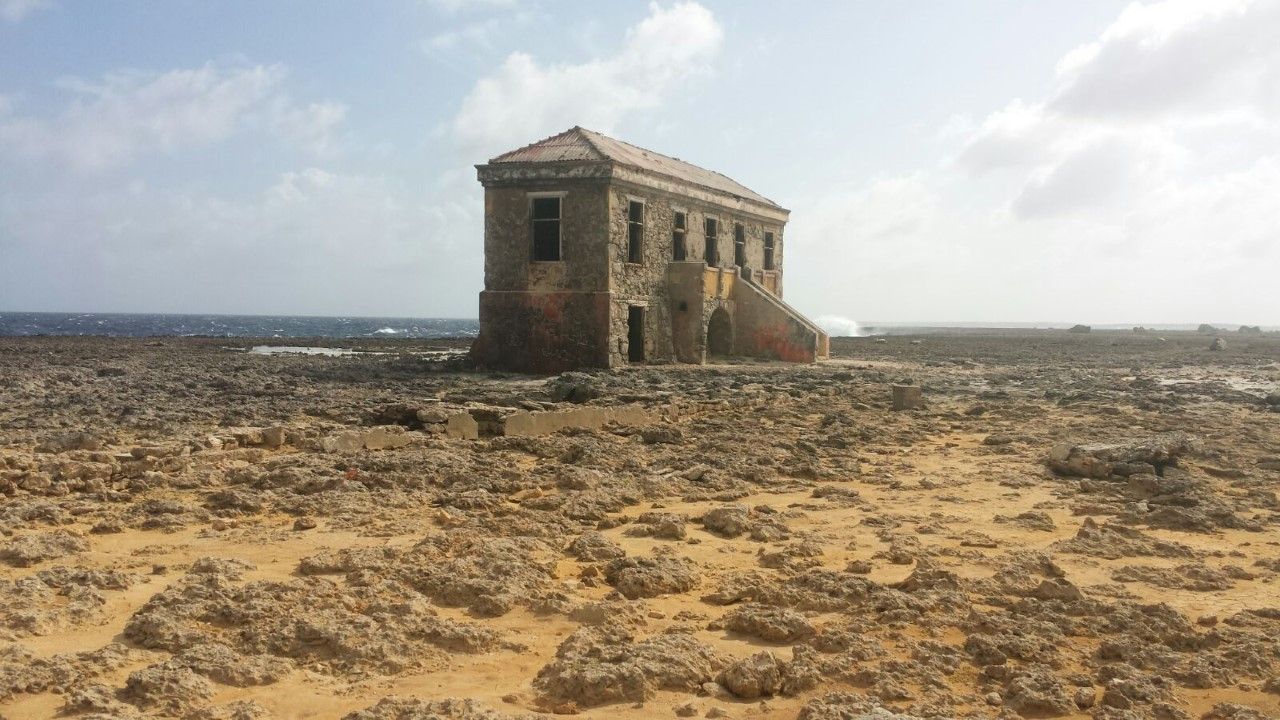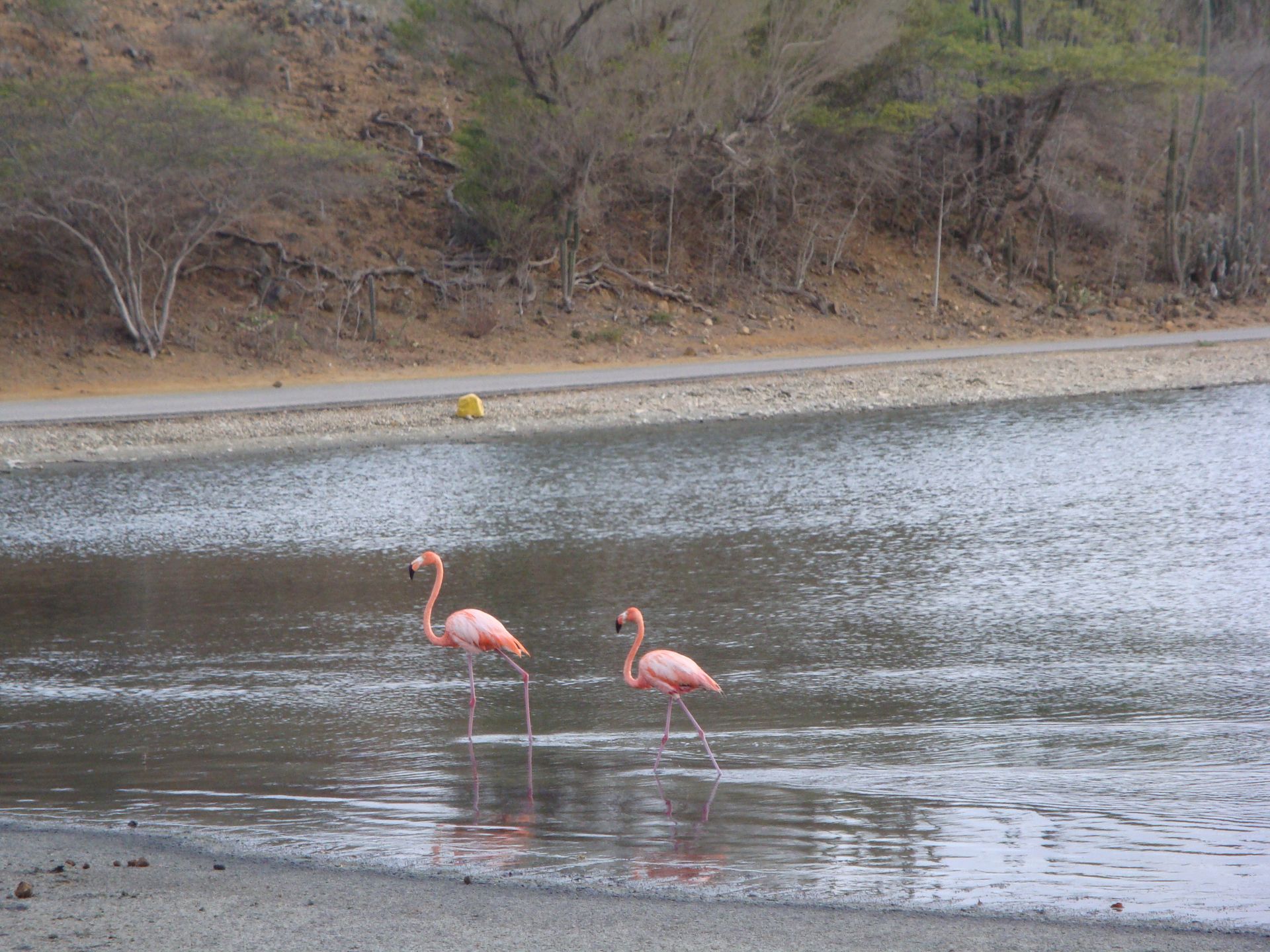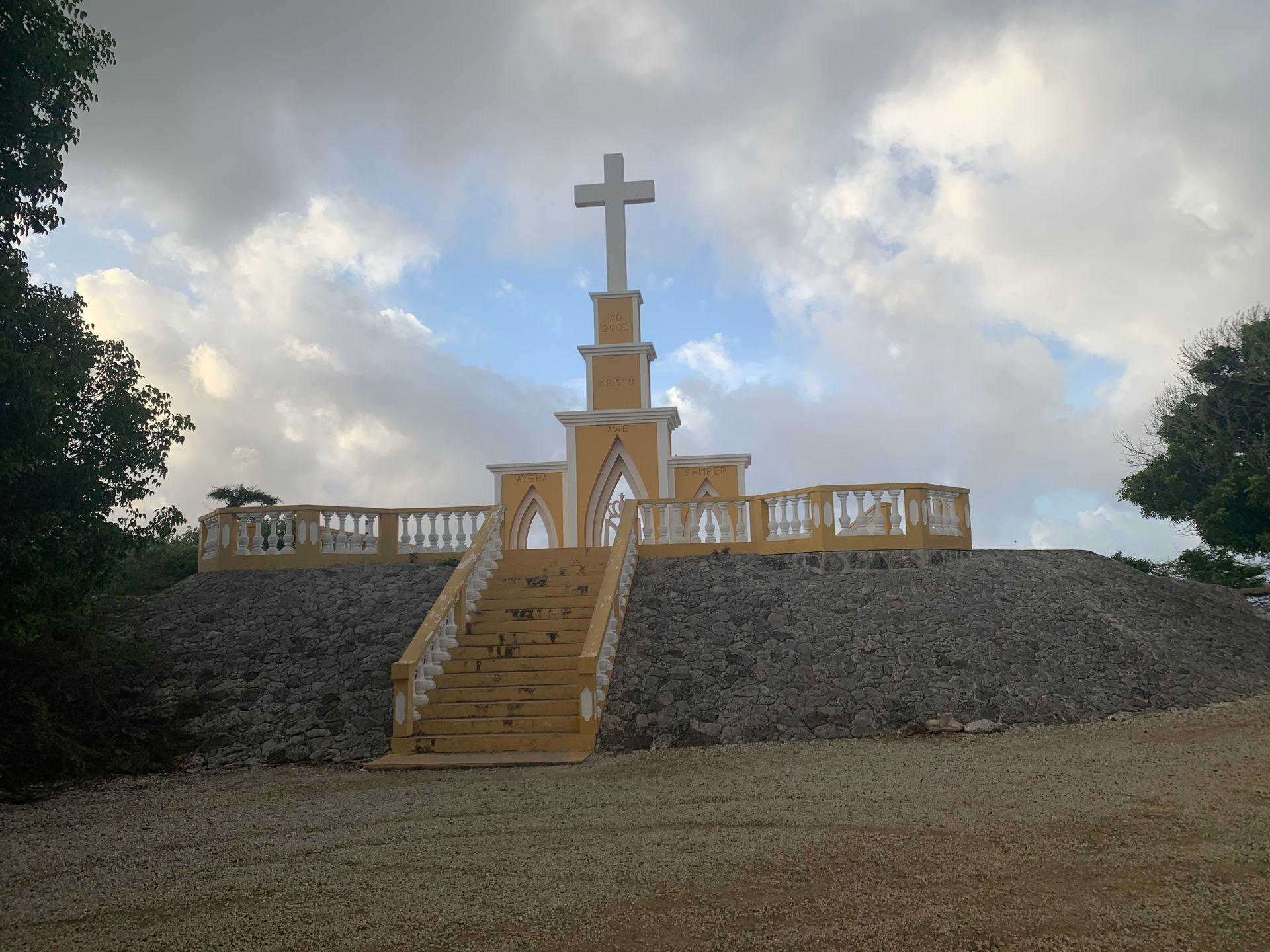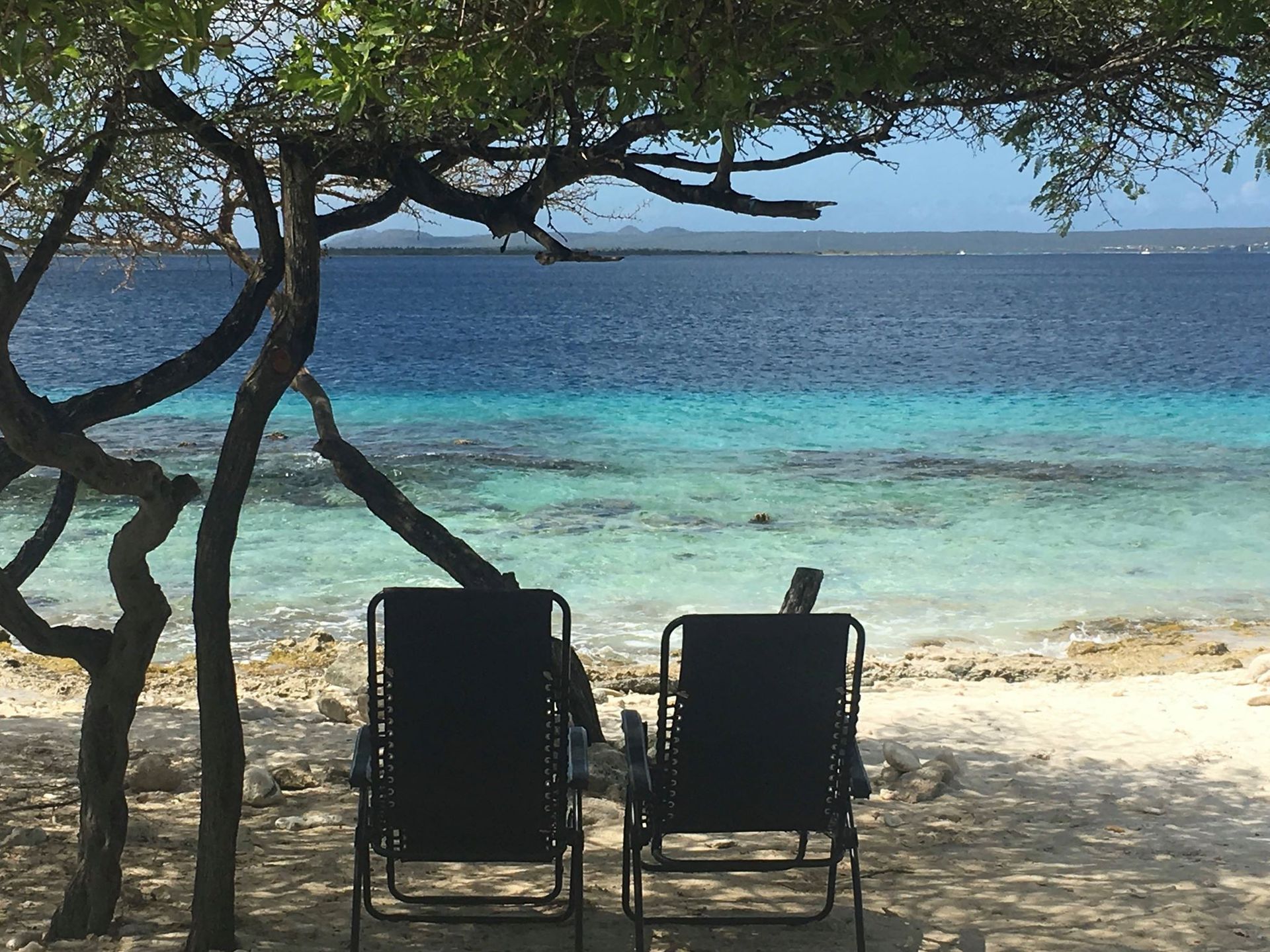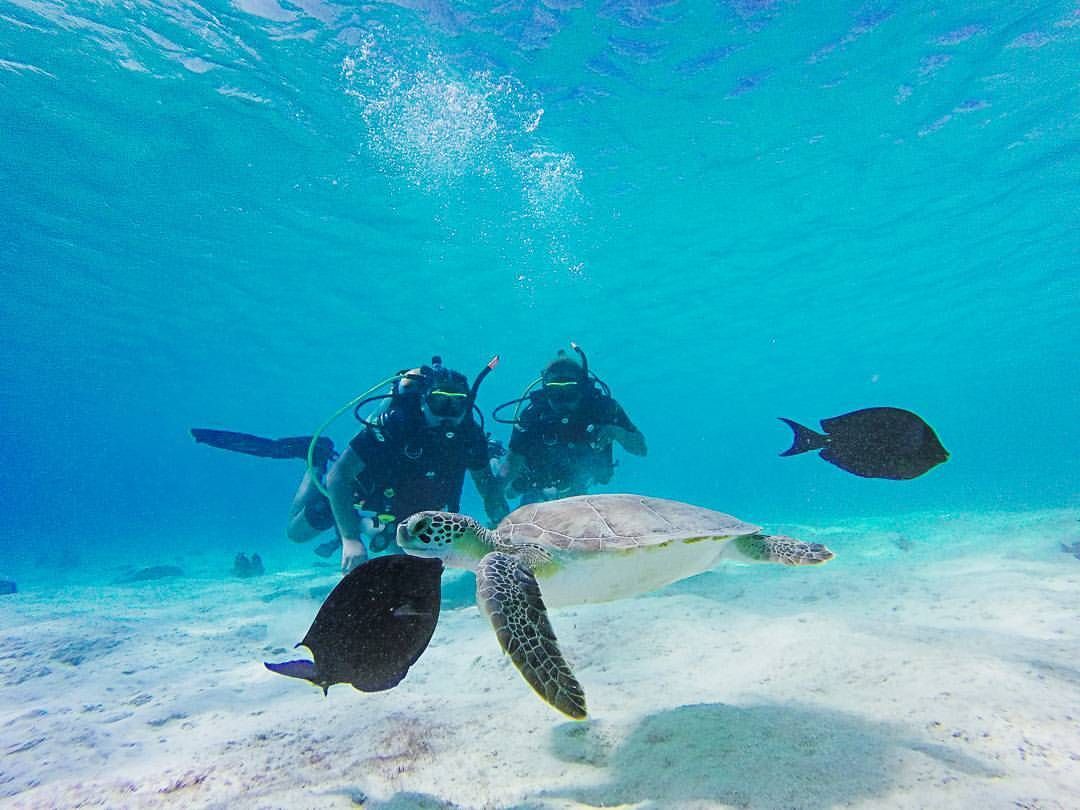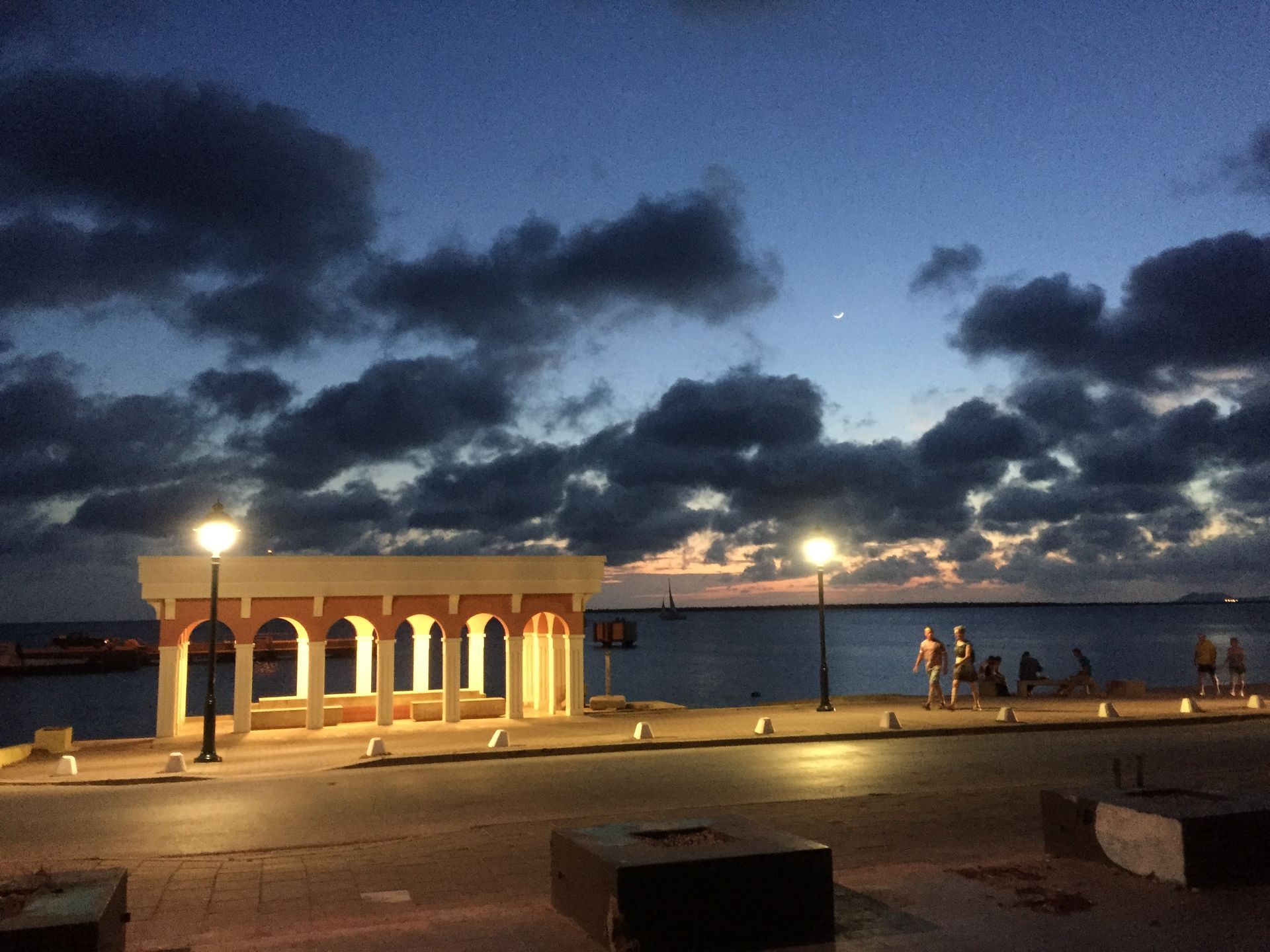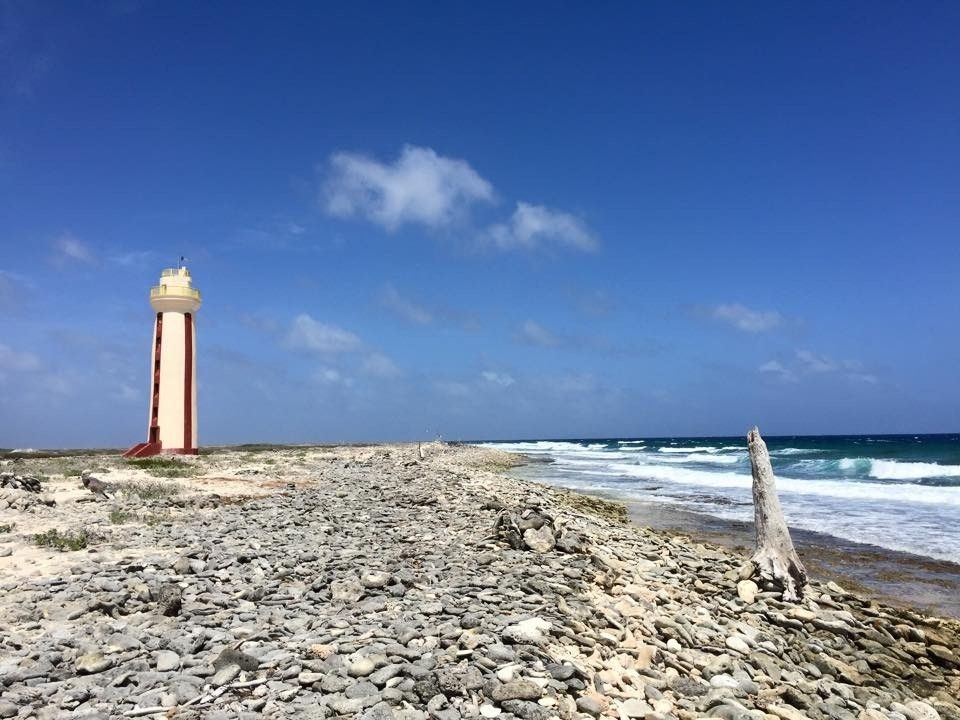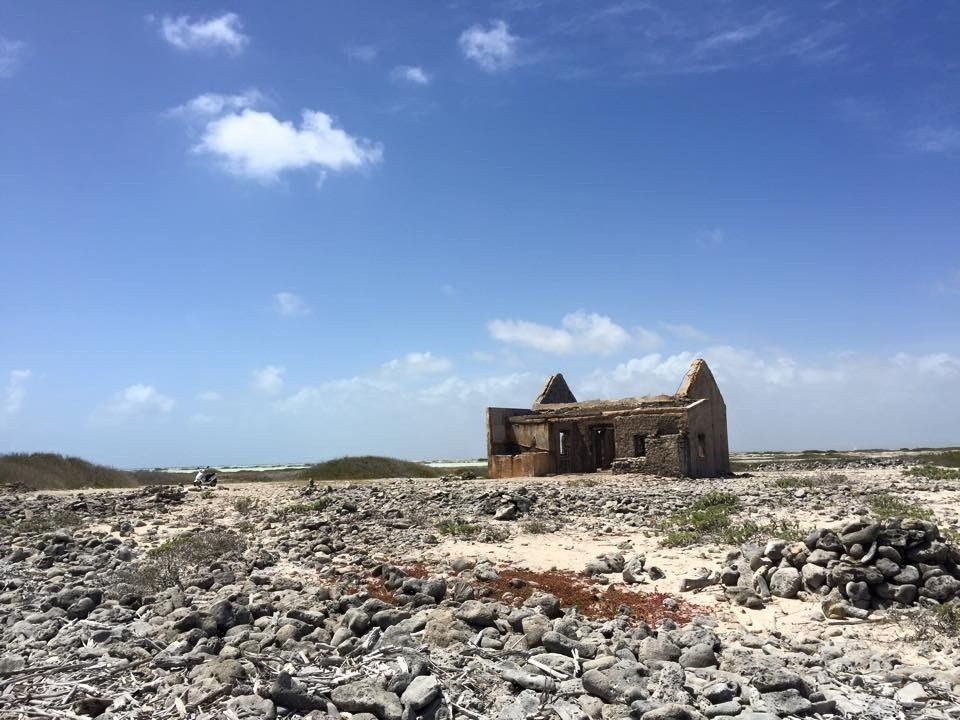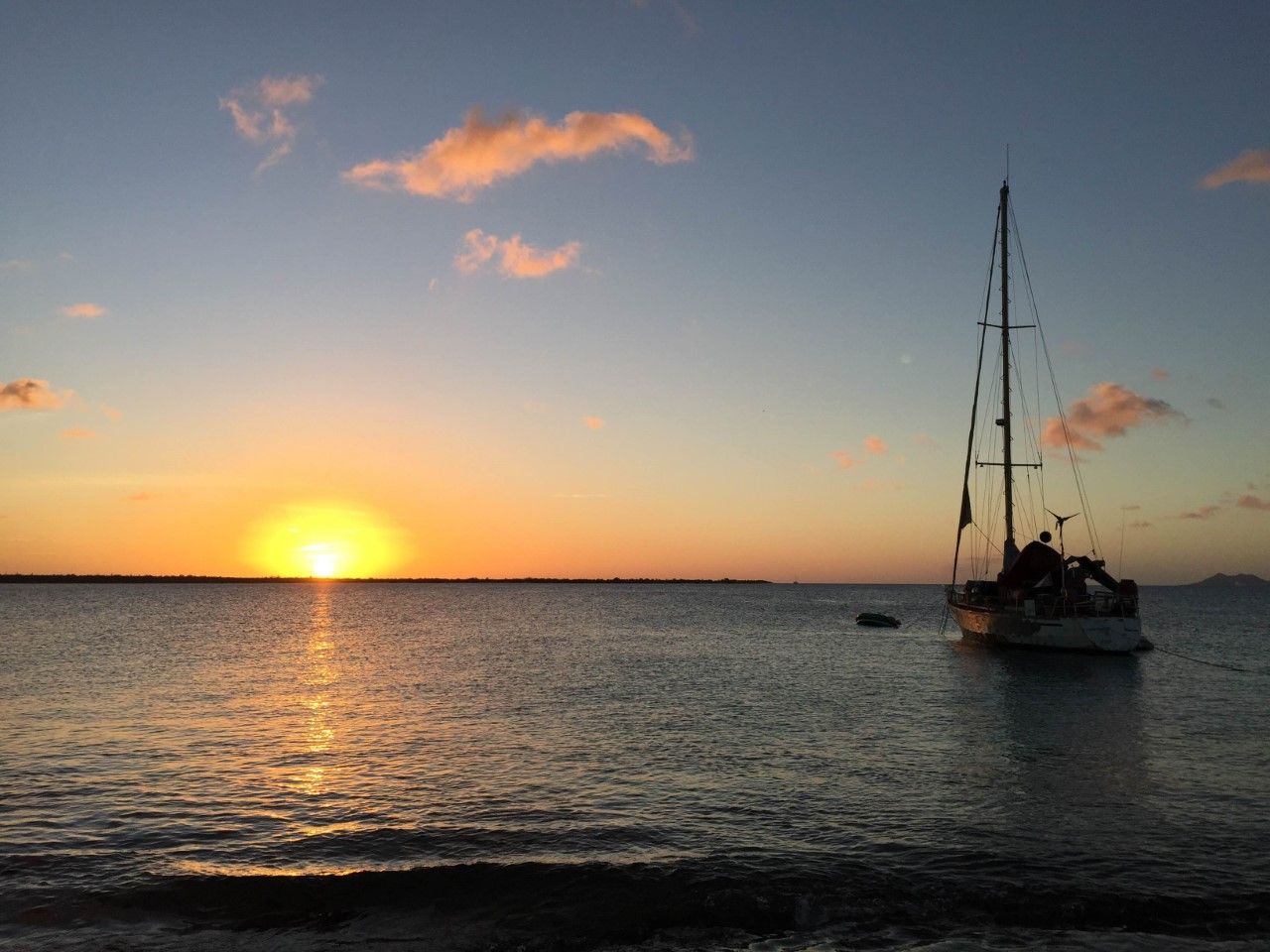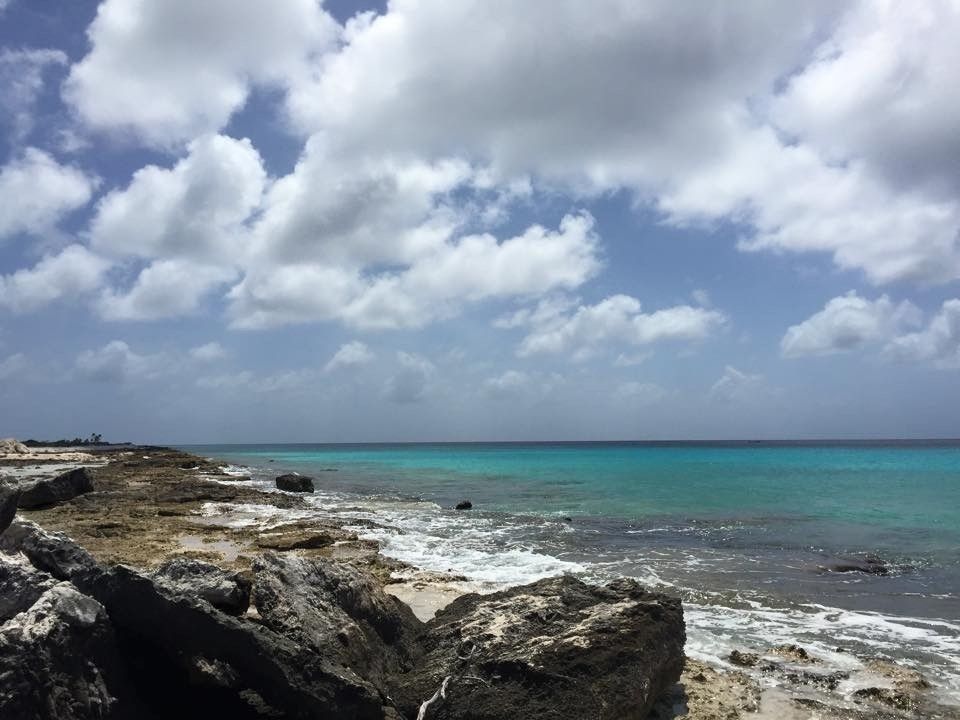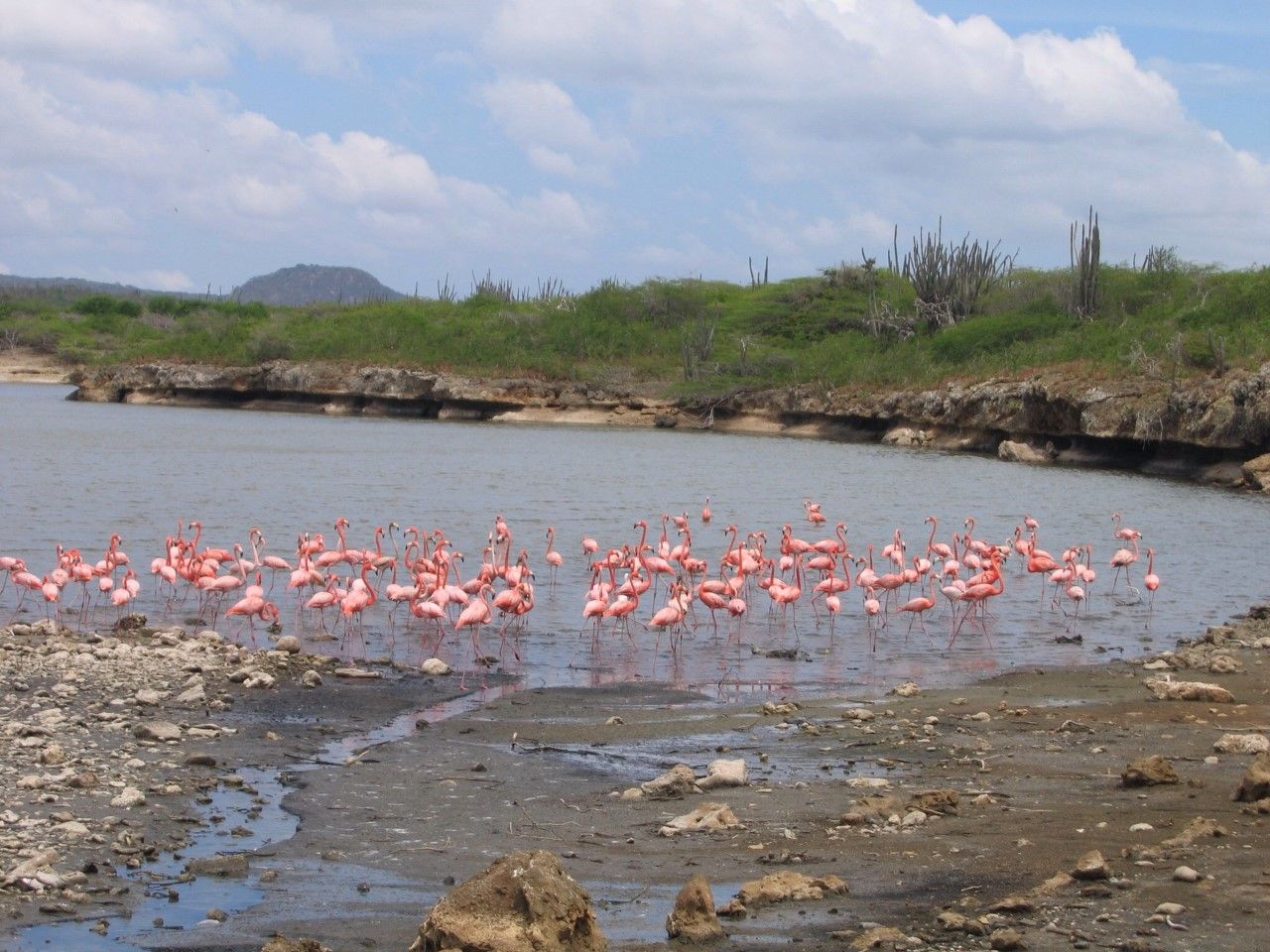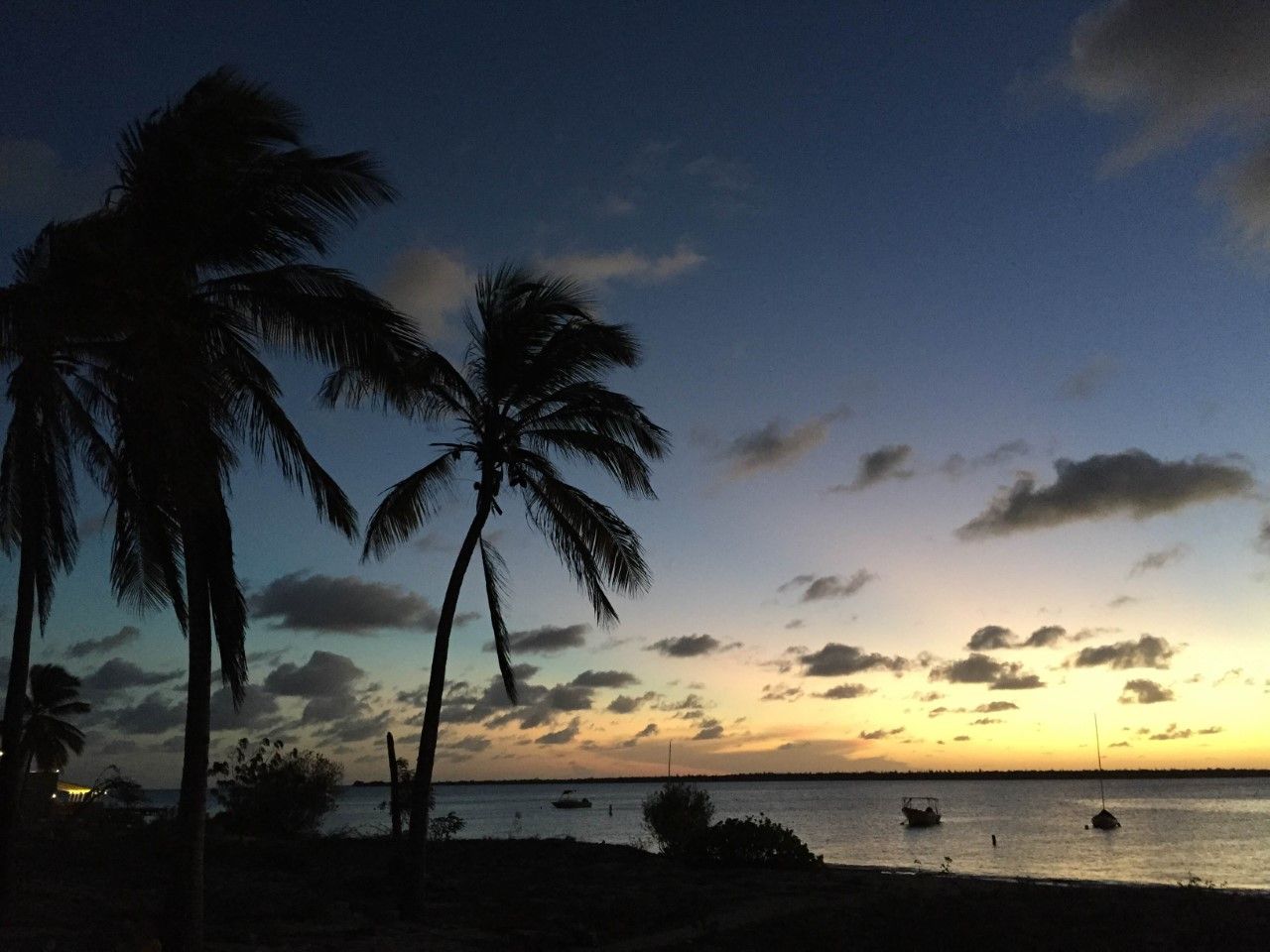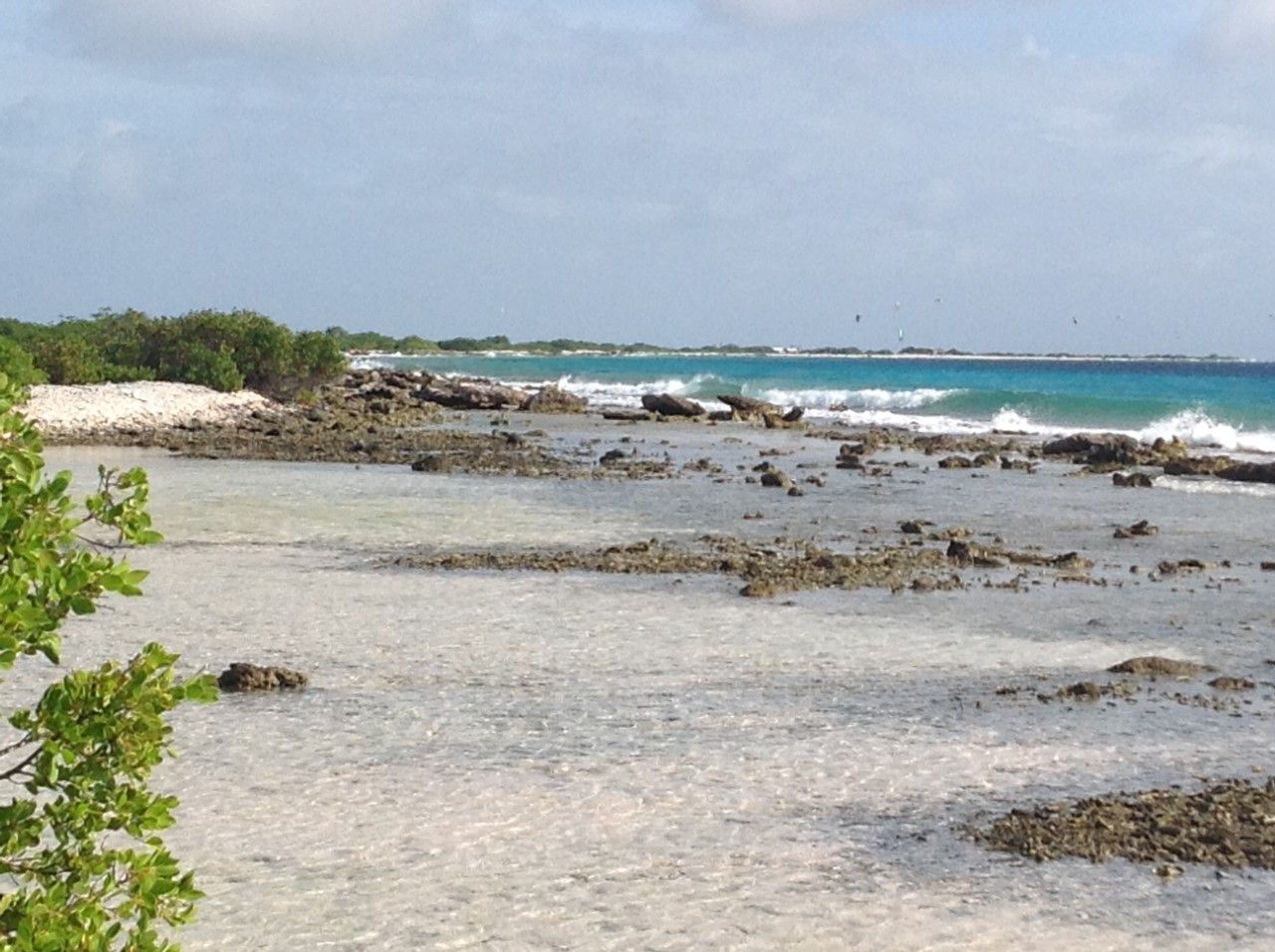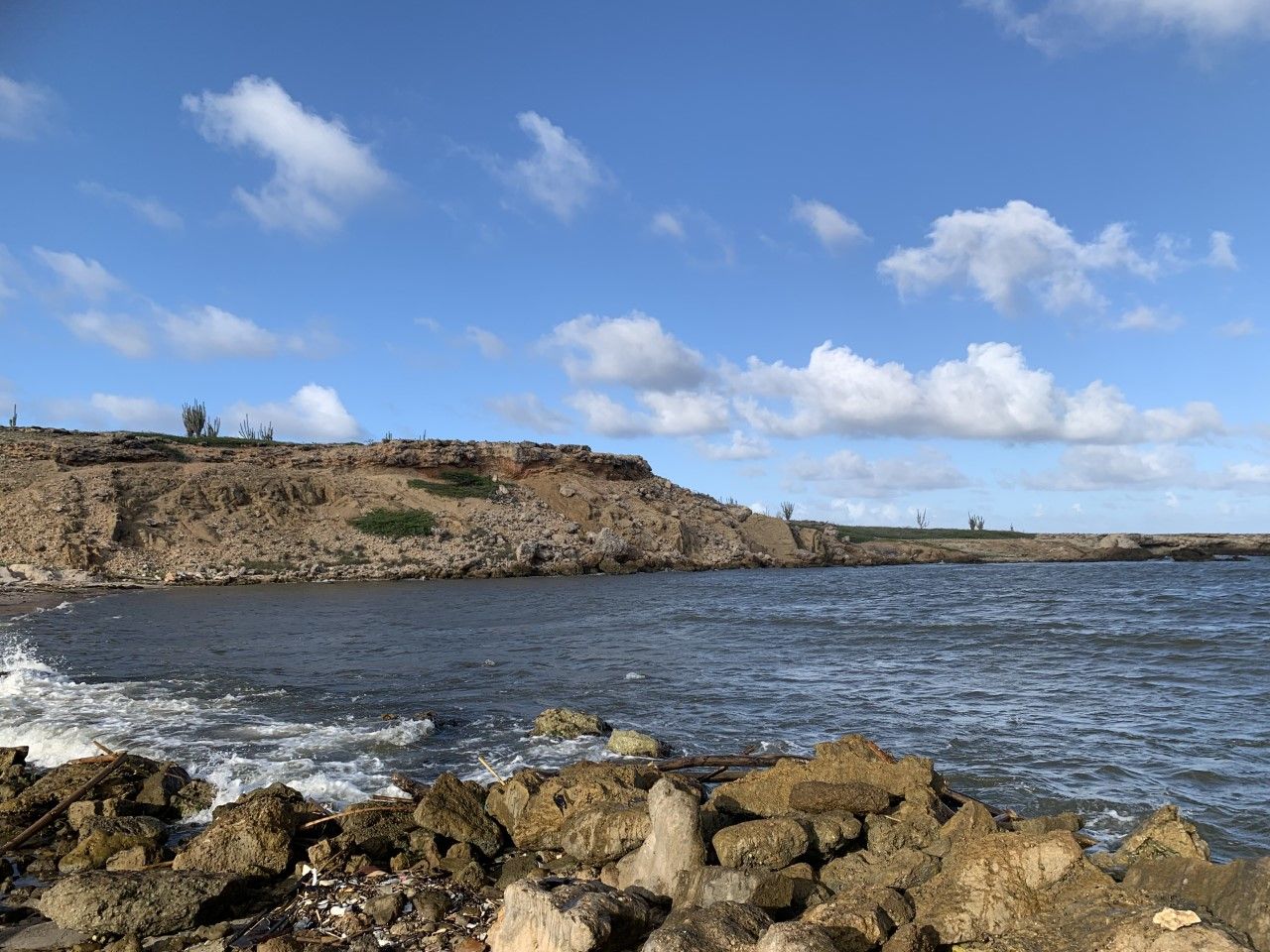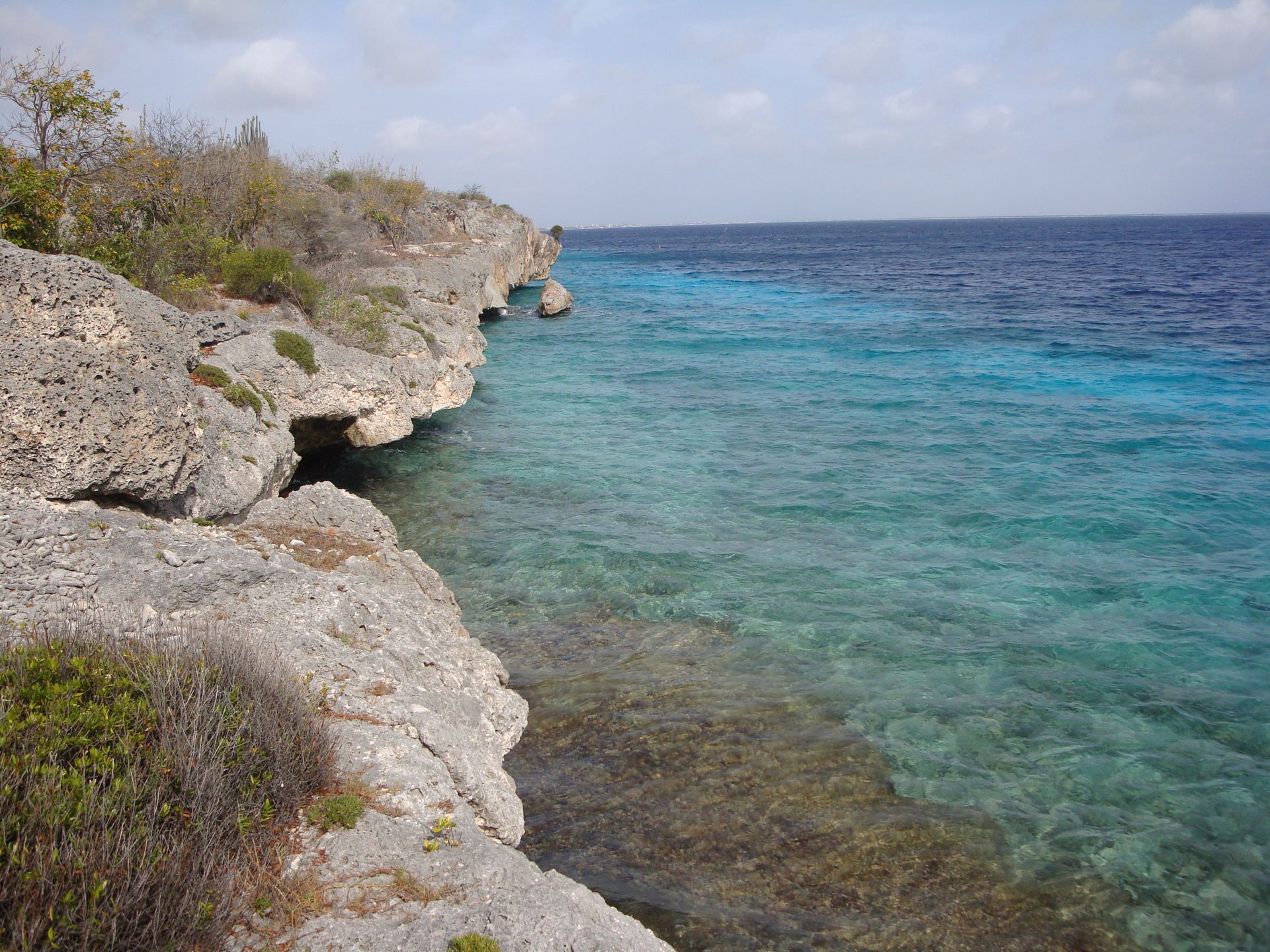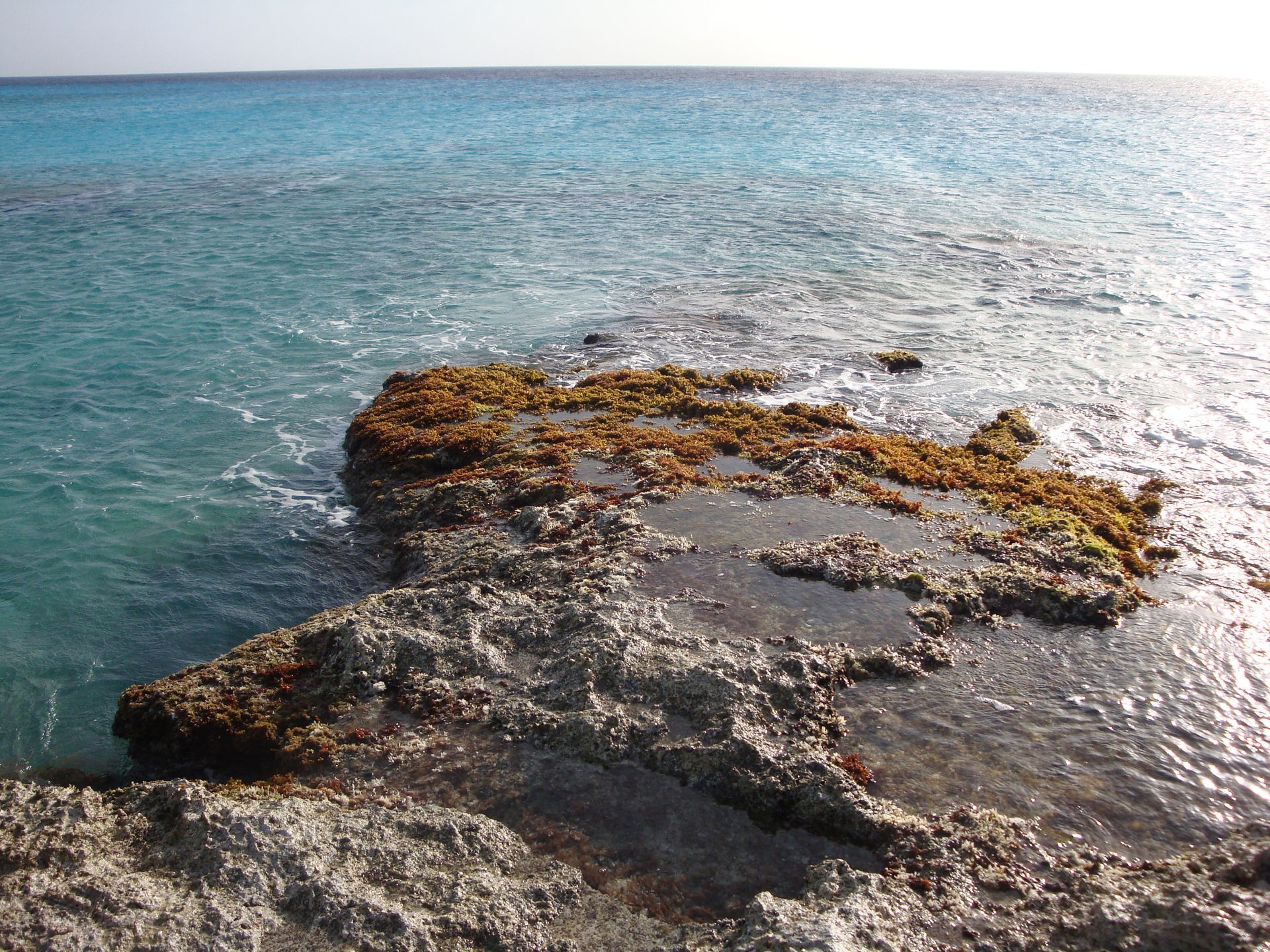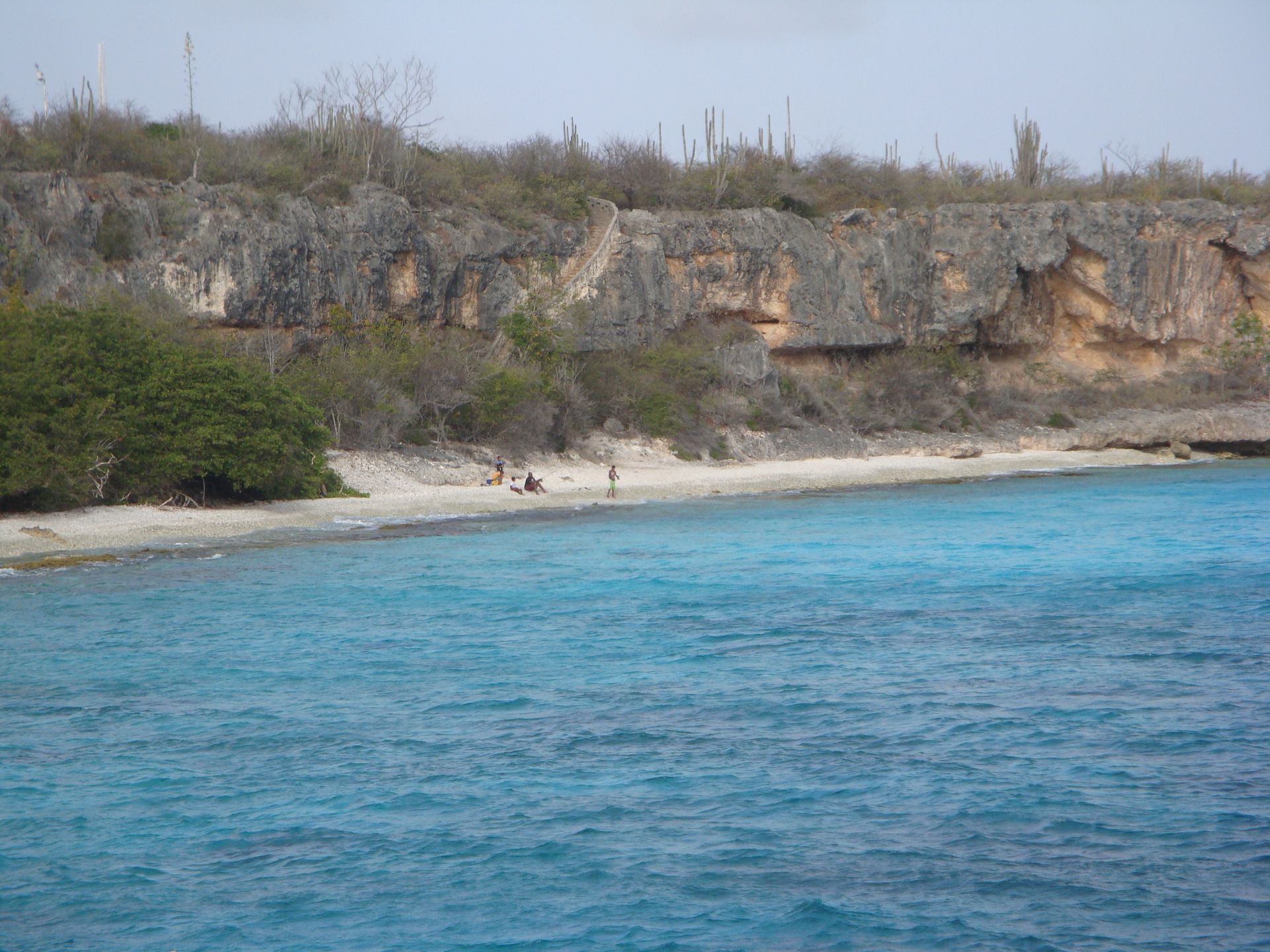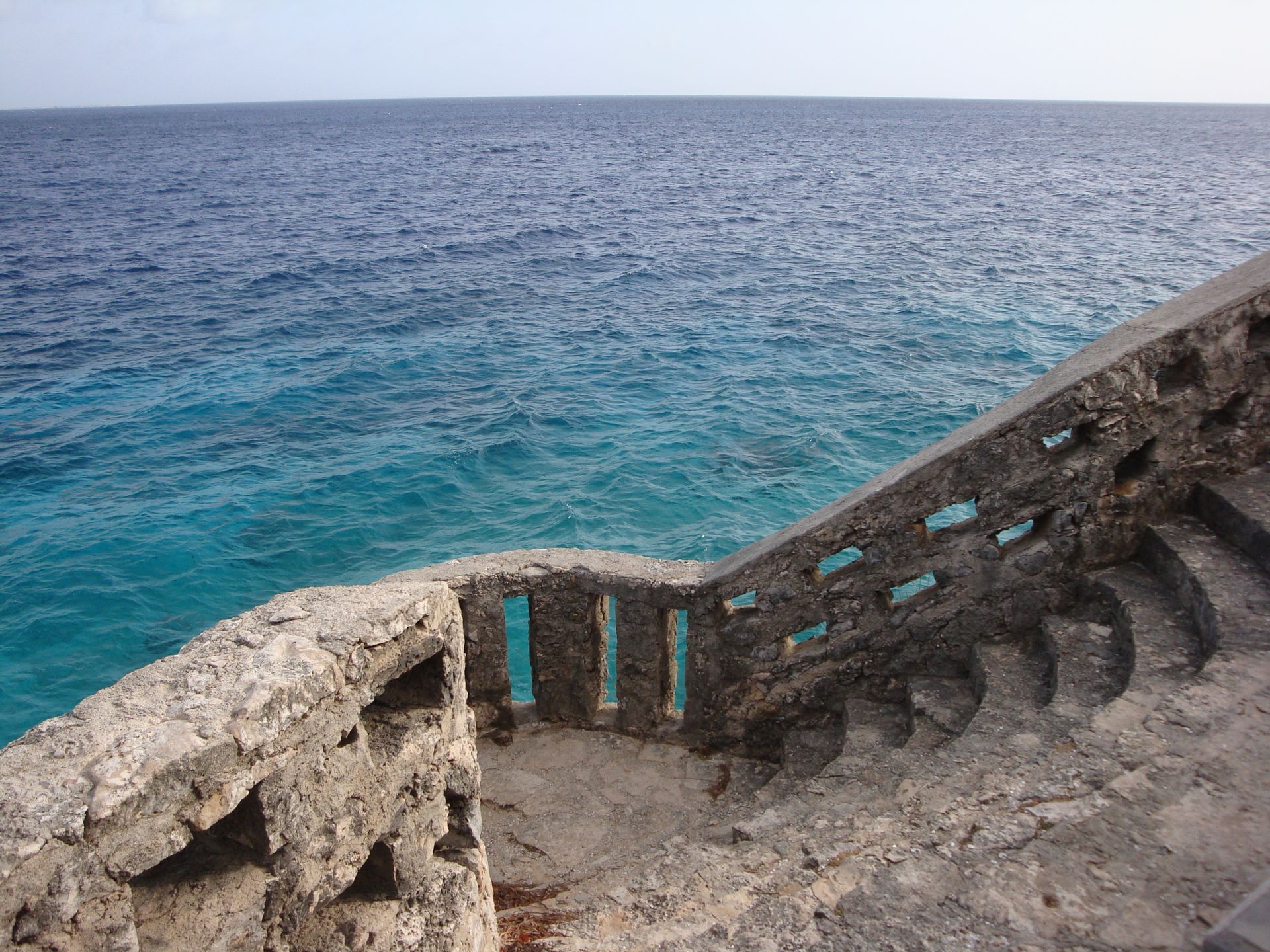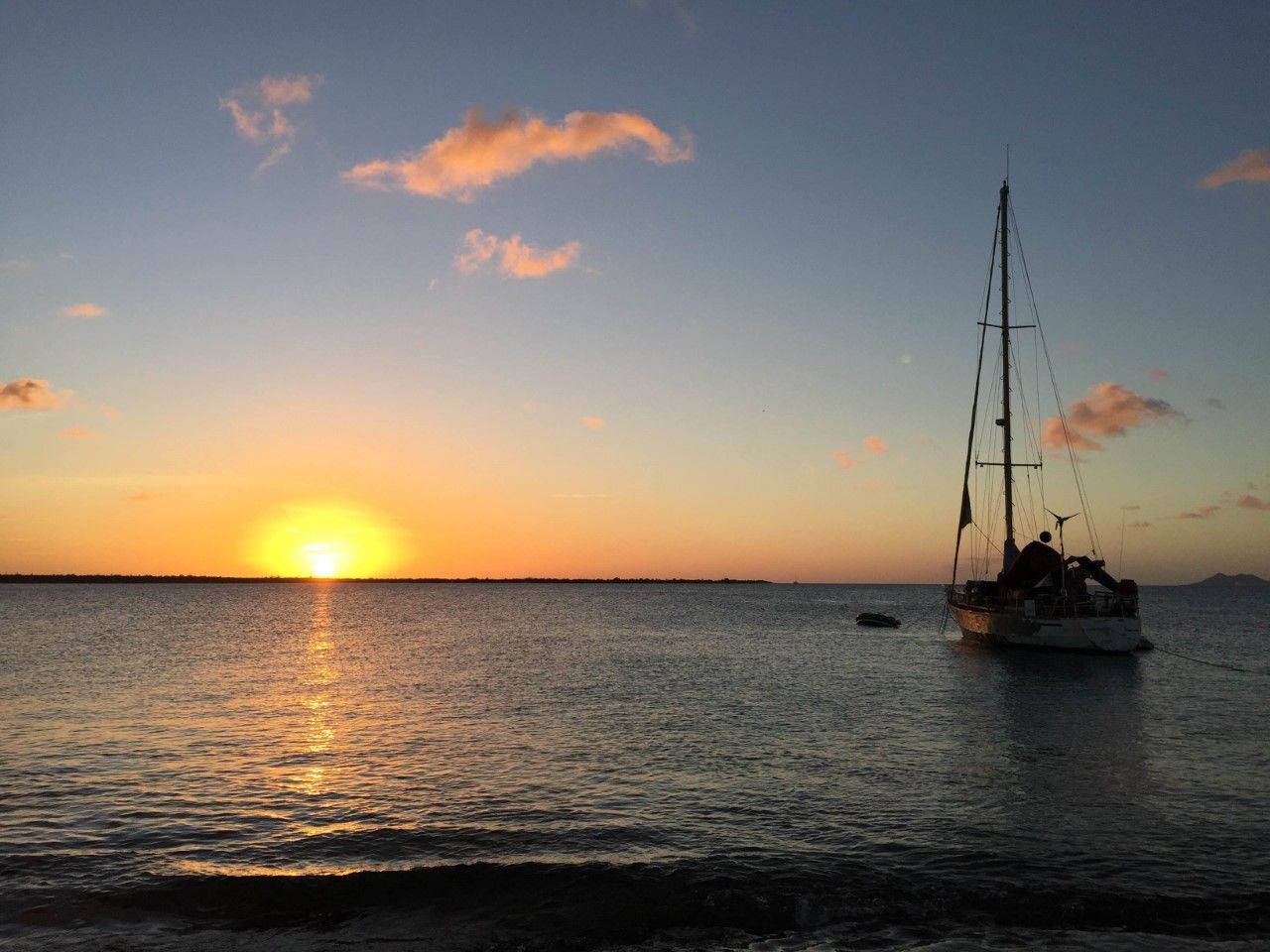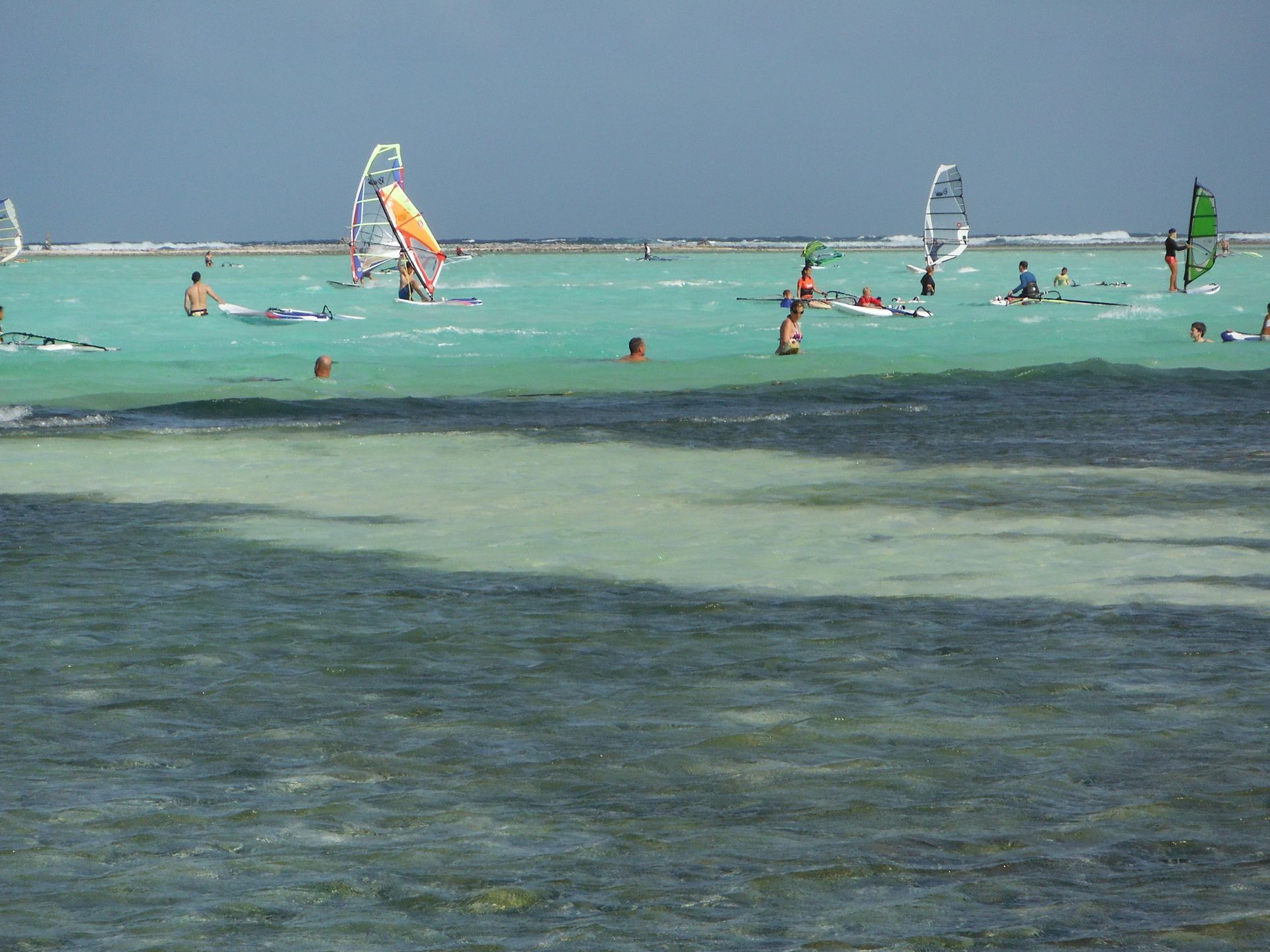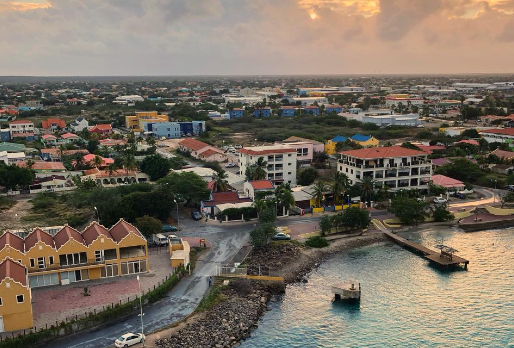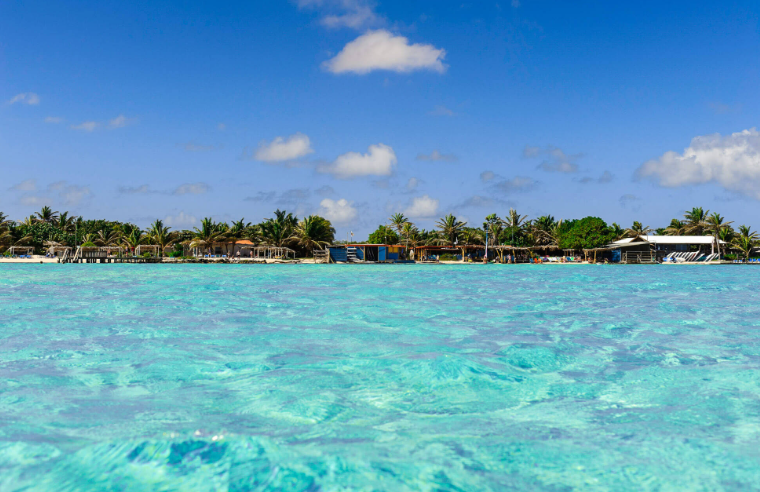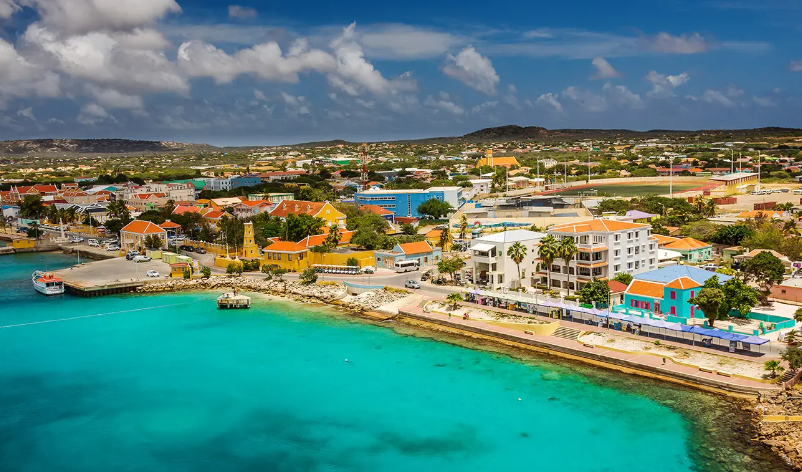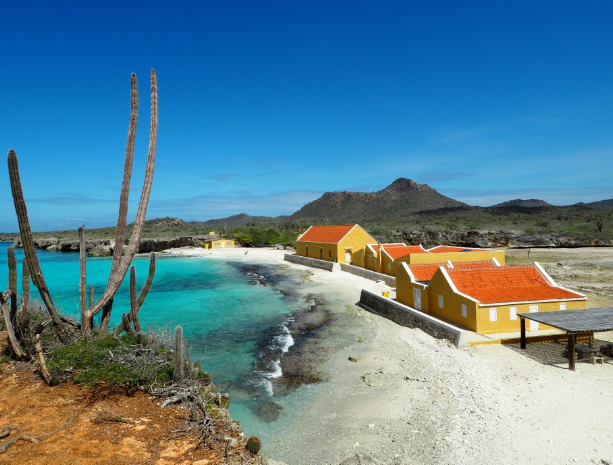Feel free to contact us!
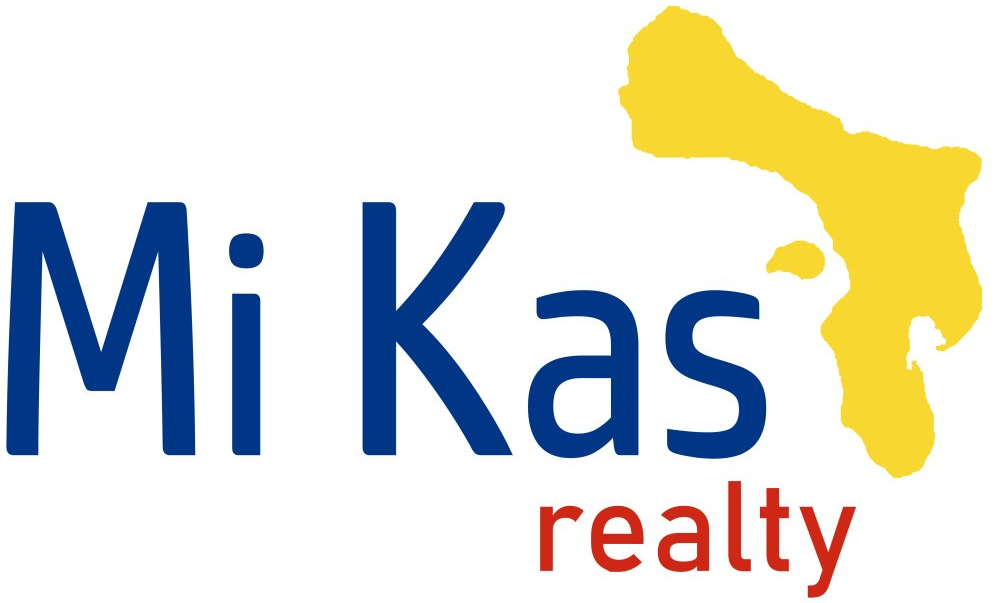
Bonaire
Life in Bonaire, the island, is approximately 250 km2.
It is one of the most prominent diving locations in the world and is one of the protected natural areas.
Bonaire has beautiful sandy as well as coral beaches with crystal-clear, blue Caribbean waters.
De Cultuur van Bonaire
Due to the population build-up of more than seventy nationalities over the centuries in Bonaire, the island boasts an incredibly rich culture.
Dance and Music
The 'Simadan' and 'Bari' are two typical Bonairian 'harvest dances.' These dance styles are enthusiastically performed by the local population during a successful spring corn harvest.
Dance and music play a significant role in Bonairian society. There are dozens of different dance forms and music styles to admire throughout the year on the Caribbean Island.
When Bonairians meet, it always involves a broad smile and a firm handshake. The coral island hosts numerous cultural events throughout the year, with the annual carnival being the highlight.
Weather and Climate in Bonaire
Temperature differences are low on an annual basis, with little rainfall and abundant sunshine. The humidity is relatively high at 76%, but the ever-present trade winds make it pleasant. Occasionally, there is no wind on the coral island, making it extremely hot on those days.
The average daytime temperature in Bonaire is around 30 degrees Celsius. The lowest temperature ever recorded on the Caribbean Island was 19 degrees Celsius in 1925. The number of rainy days per month can be counted on one hand. Along with an average sea water temperature of 29 degrees Celsius, these conditions create an ideal environment for an extremely pleasant climate.
The Dangers of the Sun
While the frequent sunshine in Bonaire is enjoyable, it is crucial to protect oneself from the intense sun. Bonairians themselves avoid the hottest part of the day (between 12:00 and 14:00) and seek shade during that time.
To avoid health issues, it is essential to maintain proper hydration by drinking plenty of fluids—even when not thirsty: preventive drinking. Wearing a hat or cap also reduces the risk of sunstroke.
Uncovered skin is best protected with a sunscreen with a high protection factor (at least SPF 30). Anyone engaging in water activities (swimming, snorkeling, windsurfing, kitesurfing, sailing, etc.) should use waterproof sunscreen or keep their T-shirt on. Special UV-resistant clothing is also available.
Bonaire is globally known as a 'divers' paradise,' but you can also call it a 'foodie paradise.' On the Caribbean island, you are treated to a unique local cuisine—a cuisine enriched with delicious dishes, often made with fresh local products.
The language spoken in Bonaire is Papiamento.
The official languages spoken in Bonaire are Papiamento and Dutch. Dutch, in addition to being an official spoken language, is also the official administrative language on the island. Additionally, some of the Bonairian population speaks English and Spanish as household languages.
Papiamento is a Creole language based on Portuguese with strong influences from indigenous languages, Spanish, English, French, Dutch, and African languages. It is also spoken in Curaçao and Aruba.

